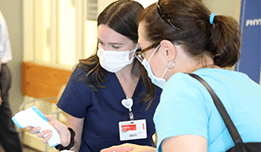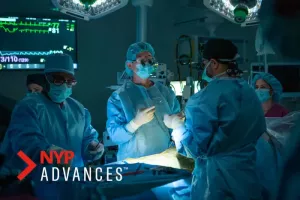Overview
What is a cesarean section (C-section)?
A cesarean section is the delivery of a baby through a cut (incision) in the mother's belly and uterus. It's often called a C-section. Sometimes a C-section is needed for the safety of the mother or baby.
When is a C-section needed?
In most cases, doctors do a C-section because of problems during labor. For example:
- Labor is slow and hard or stops completely.
- Your baby shows signs of distress, such as a very fast or slow heart rate.
- There's a problem with the placenta or umbilical cord.
- Your baby is too big to be delivered vaginally.
When doctors know about a problem ahead of time, they may schedule a C-section. You may have a planned C-section if:
- Your baby isn't in a head-down position close to your due date.
- You have a health problem that could be made worse by the stress of labor.
- You have an infection that you could pass to your baby during a vaginal birth.
- You're carrying more than one baby.
- You had a C-section before, and you have the same problems this time. Or your doctor thinks labor might cause your scar to tear.
What are the risks of a C-section?
Most mothers and babies do well after a C-section. But it's major surgery. It carries more risk than a normal vaginal delivery. Some possible risks include:
- An infection.
- Heavy blood loss.
- Blood clots in the mother's legs or lungs.
- Injury to the mother or the baby.
- Problems from the anesthesia, such as nausea, vomiting, and severe headache.
- Breathing problems in the baby if the baby was delivered before the due date.
If you get pregnant again, your C-section scar has a small risk of the scar tearing open during labor (uterine rupture). You also have a slightly higher risk of a problem with the placenta, such as placenta previa.





